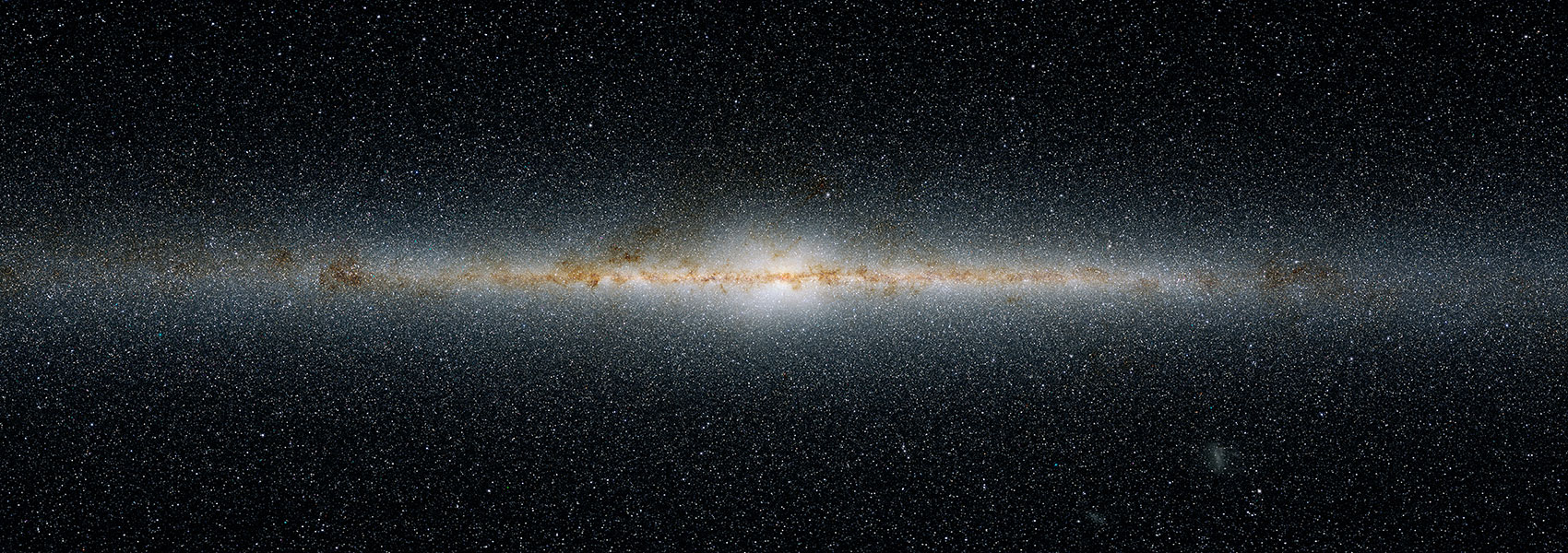
The Diversity of Cold Worlds: A Blended-light Binary Straddling the T/Y Transition in Brown Dwarfs
May 2025 • 2025ApJ...984...74B
Abstract • We present the first brown dwarf spectral binary characterized with JWST: WISE J014656.66+423410.0, the coldest blended-light brown dwarf binary straddling the T/Y transition. We obtained a moderate resolution (R ∼ 2700) G395H spectrum of this unresolved binary with JWST/NIRSpec and we fit it to late T and Y dwarf spectra from JWST/NIRSpec, and model spectra of comparable temperatures, both as individual spectra and pairs mimicking an unresolved binary system. We find that this tightly separated binary is likely composed of two unequal-brightness sources with a magnitude difference of 0.50 ± 0.08 mag in IRAC [4.5] and a secondary 1.01 ± 0.13 mag redder than the primary in [3.6]–[4.5]. Despite the large color difference between the best-fit primary and secondary, their temperature difference is only 92 ± 23 K, a feature reminiscing of the L/T transition. Carbon disequilibrium chemistry strongly shapes the mid-infrared spectra of these sources, as a complex function of the metallicity and surface gravity. While a larger library of JWST/NIRSpec spectra is needed to conclusively examine the peculiarities of blended-light sources, this spectral binary is a crucial pathfinder to both understand the spectral features of planetary-mass atmospheres and detect binarity in unresolved, moderate-resolution spectra of the coldest brown dwarfs.
Links
- SIMBAD https://simbad.u-strasbg.fr/simbad/sim-ref?querymethod=bib&simbo=on&submit=submit+bibcode&bibcode=2025ApJ...984...74B
- PDF https://iopscience.iop.org/article/10.3847/1538-4357/adb61e/pdf
- PREPRINT http://arxiv.org/abs/2503.02025
- DATA https://archive.stsci.edu/mastbibref.php?bibcode=2025ApJ...984...74B
- DATA https://doi.org/10.17909/jrmn-sr24
- ELECTR https://doi.org/10.3847/1538-4357/adb61e

.png?1523393848)

